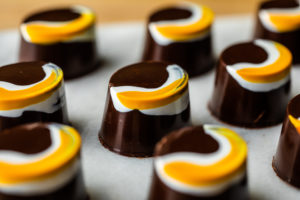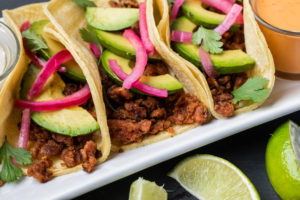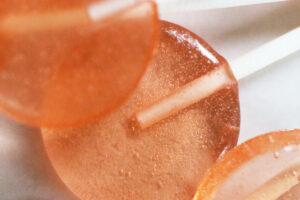Colorful Collaboration
back to the learning centerHarvested from Nature, Perfected with Science
For us, working with manufacturers to create beautiful products is what it’s all about! We partnered with New Hope Network to show you how we do it.
Related posts
How and Why We See Color
Color gives us loads of information about nature, beauty, other people, and even perils that surround us. We often take color for granted and we don’t imagine the immense amount of evolutionary effort involved in that capacity. But have you ever wondered,
Podcast: Finding Color Inspiration
Finding Colour InspirationA newly expanded team shares where they find inspiration for working with natural colors Speakers: Brian Avilés - Category Technical Lead, Parker Cox - Americas Sales Director, and Catalina Ospina - Technical Marketing Specialist A
Top 5 Considerations When Coloring Confections
With so many different types of natural colors, choosing the right one for your confection application can feel overwhelming. Whether you’re creating a boiled sweet, gummy, panned candy, marshmallow, or chocolate, there are some important factors to
Webinar: Natural Colors for Petfood
Clean Label Kibble: Formulating PetFood With Natural Colors Pet owners want the best diet possible for their furry friends – and that means using ingredients that they recognize and understand. Formulating petfood with natural colors is a great way to
Webinar: Natural Colors for Meat Alternatives Vol. 2
I Can't Believe It's Not Meat! - Natural Colors for Meat Alternatives Vol. 2 Plant-based proteins continue to get more sophisticated in taste, texture, and color. That’s why we’ve created a follow-up to our first webinar on Meat Alternatives! In this
Webinar: Replacing Synthetic Colors in Confections
Simple label Sweets: Replacing Synthetic Colors with Natural colors in Confections Formulating confections with natural colors may require more considerations than when using synthetics, but there are plenty of vibrant options to keep your sweets looking






